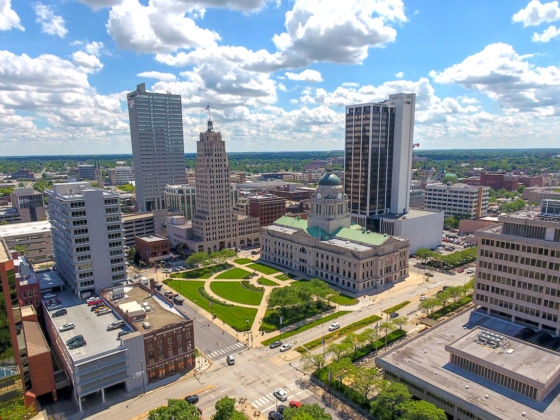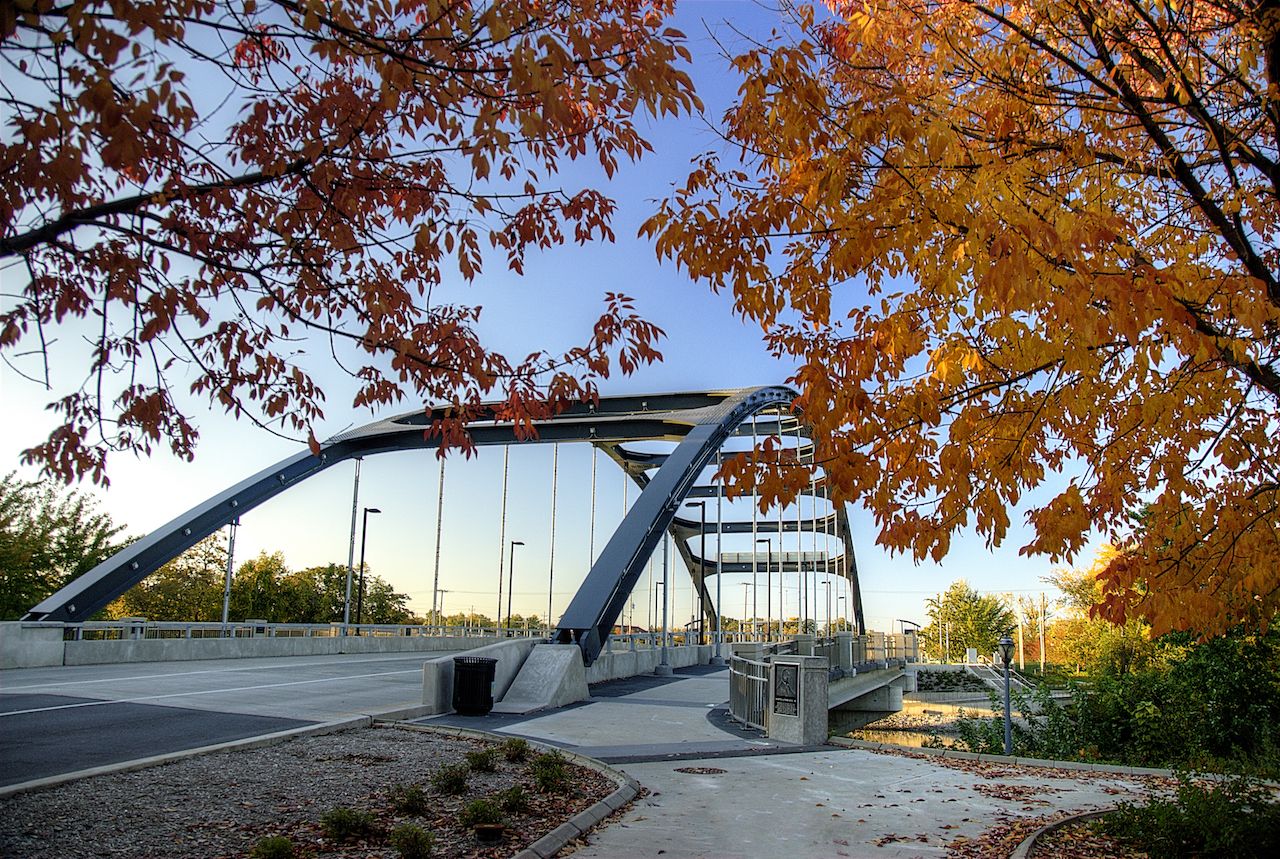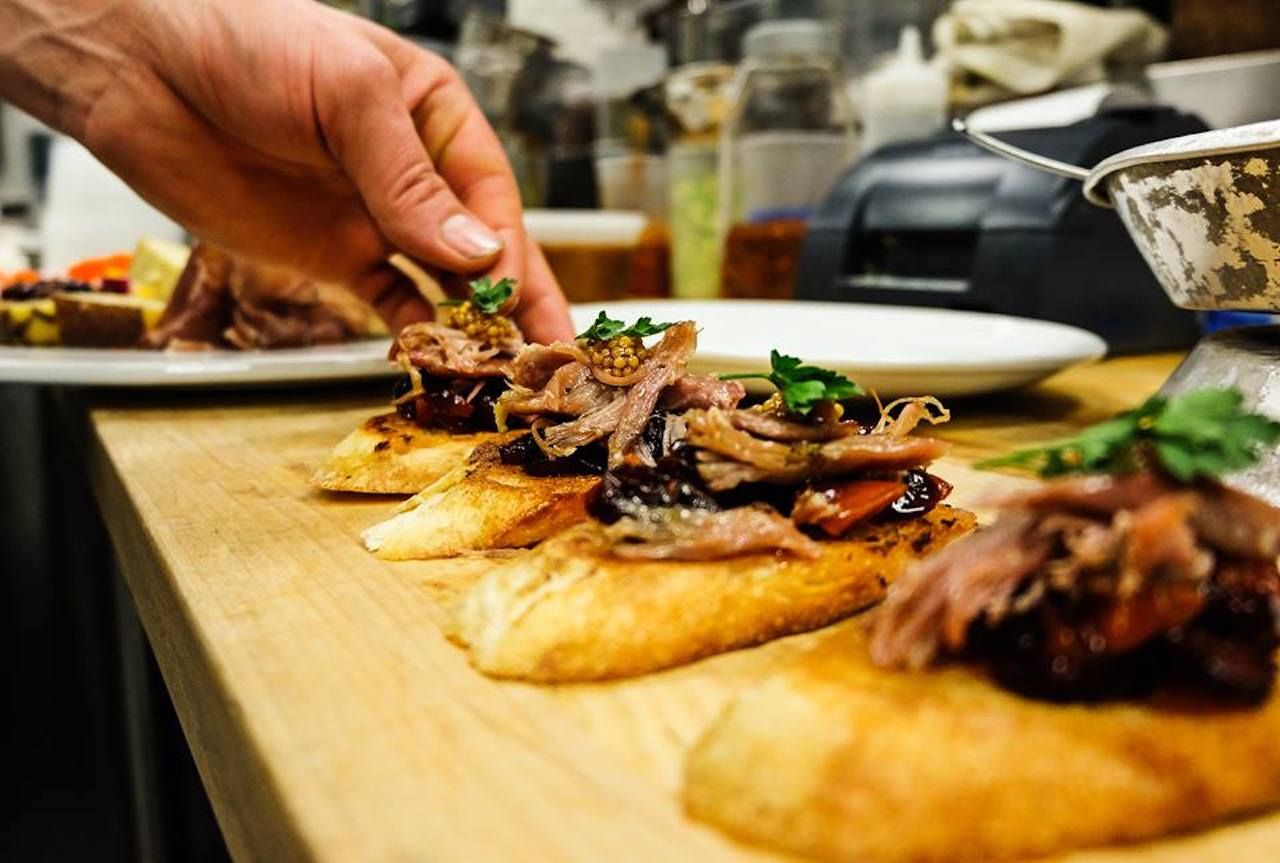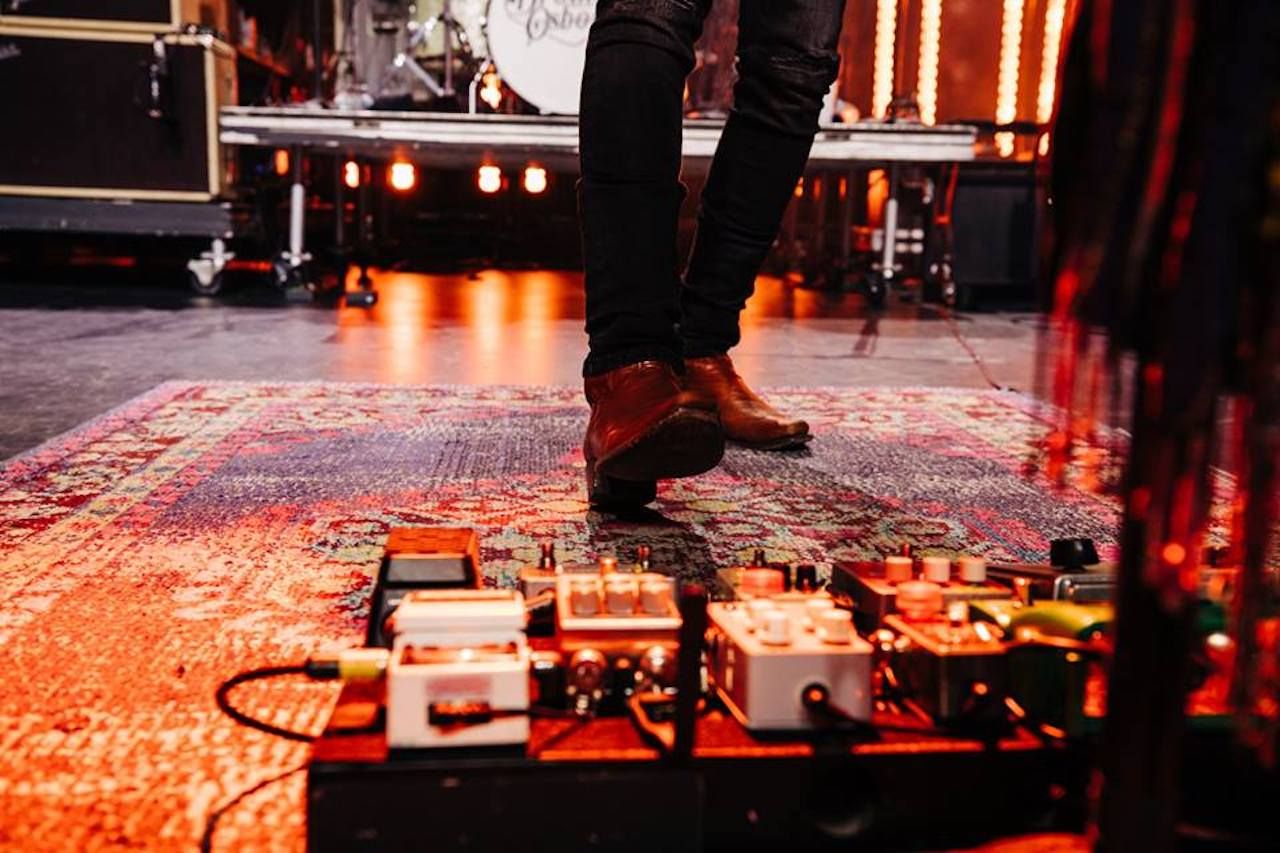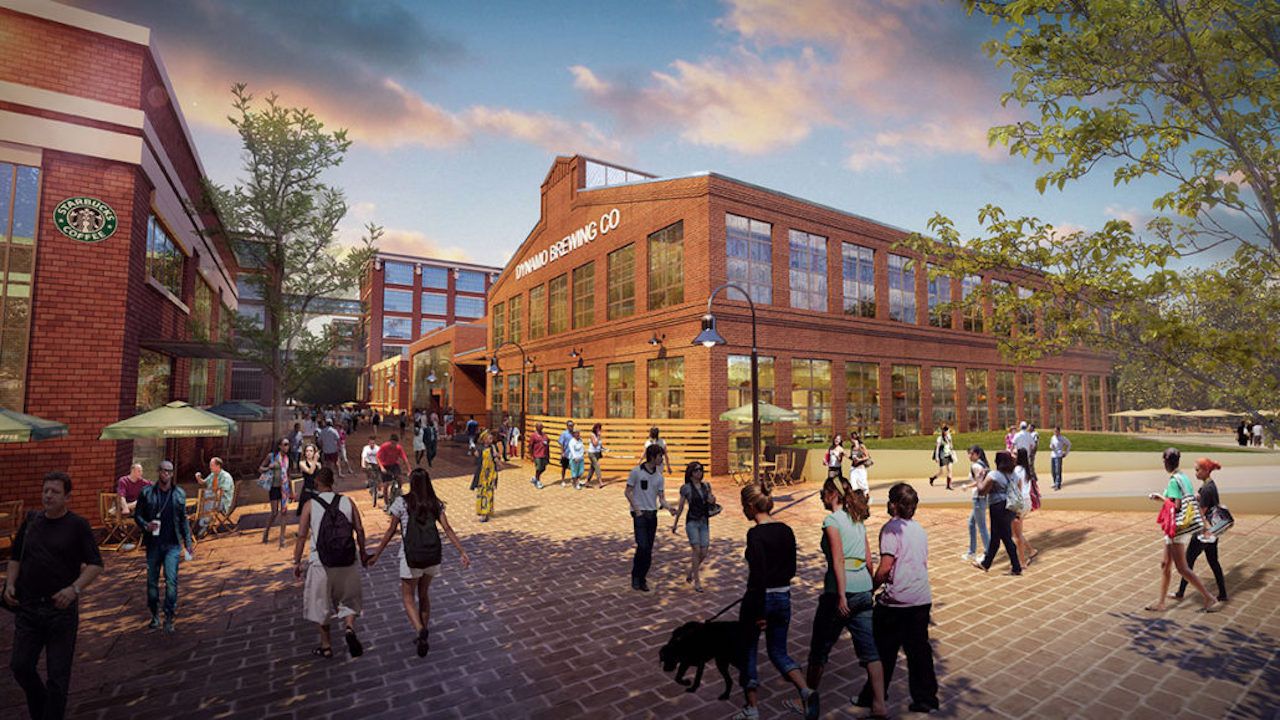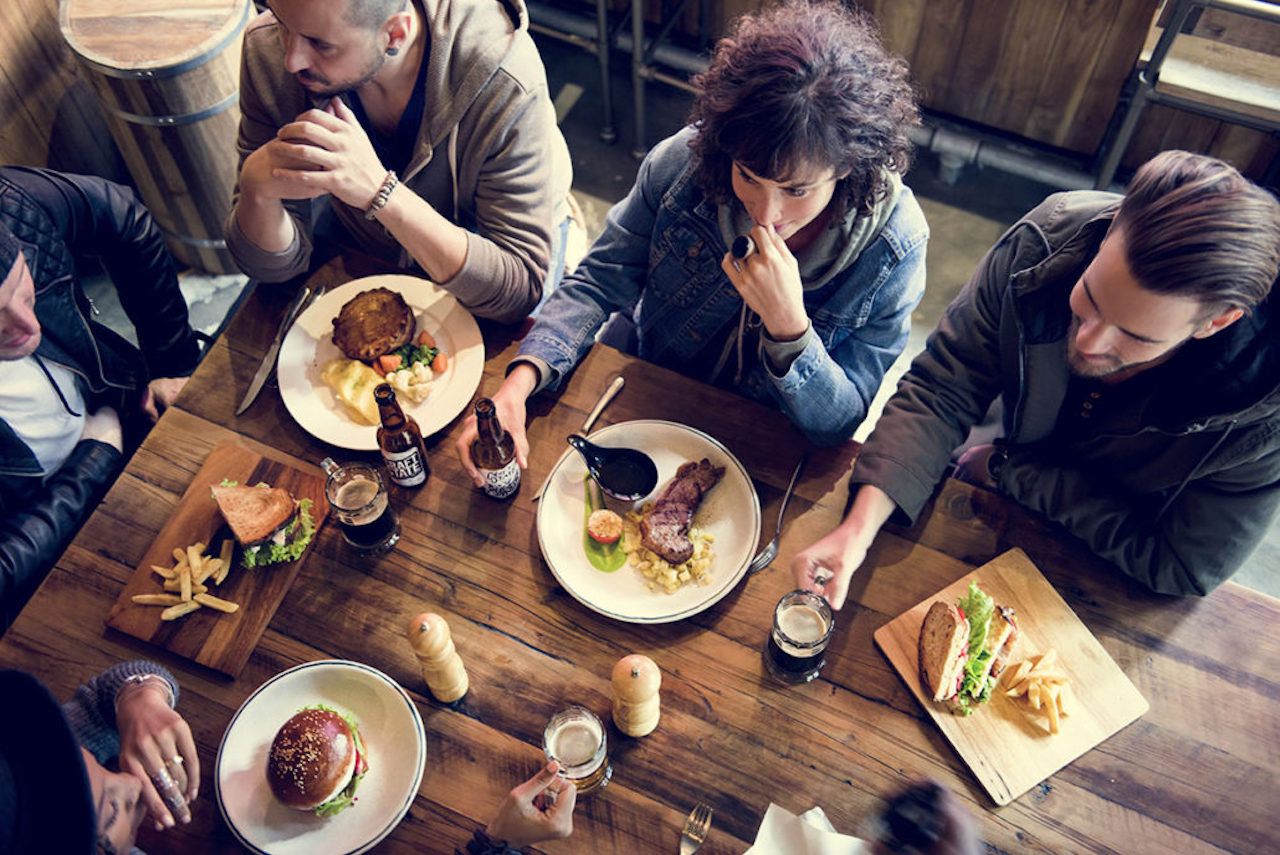Millennials will never be able to afford houses.
This is the doomsday premonition of a lot of headlines these days — written mostly by people in New York and San Francisco, talking mostly to people in New York and San Francisco.
Granted unreachable home prices aren’t exclusively the domain of NYC and the Bay Area; half of 18- to 34-year-olds in the United States spend over 30 percent of their income on housing, and 12 million people across age ranges spend over half.
